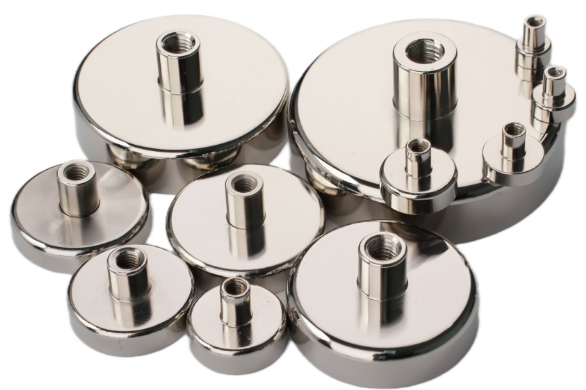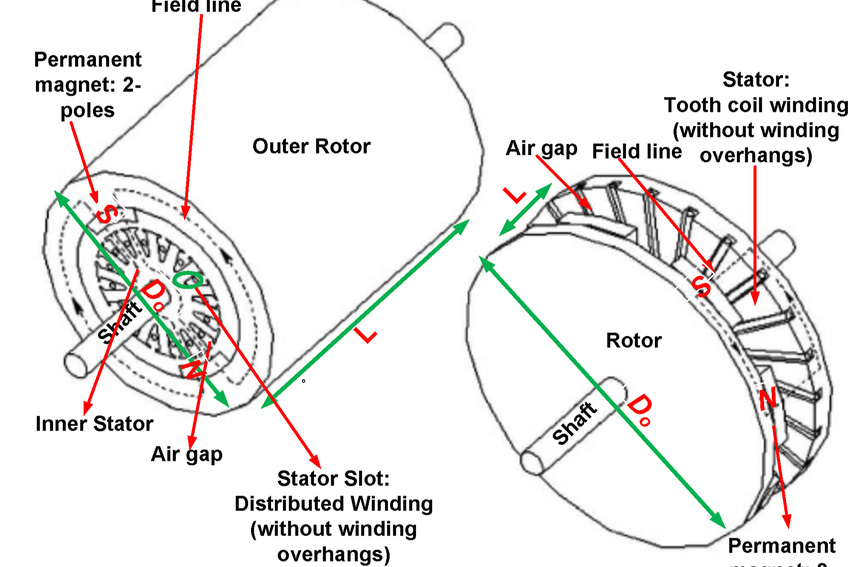What Are Floating Wind Turbines?
A floating wind turbine is an offshore wind turbine that is mounted on a floating structure and can generate electricity in water depths where fixed-foundation turbines are not feasible. Compared to traditional fixed-bottom wind turbines, floating offshore turbines have greater access to deeper water. Onshore and offshore wind turbines use essentially the same technology to produce electricity. The two are, however, different in their placement, size, scale, and method of transferring the electricity they produce. Offshore placement of wind farms can help lessen visual pollution, improve fishing and shipping lanes, and achieve stronger and more reliable winds. The use of floating wind turbine technology helps to eliminate restrictions on site selection related to water depth. Because of this, energy corporations spend a lot of money installing floating wind turbines.
What Is Floating Wind Turbine And How Is It Used?
In the past three decades, offshore wind energy has emerged as a viable remedy for some of the main drawbacks of on-land wind turbines, including the aesthetic and noisy impact, the detrimental impact on wildlife, and the limited locations. A floating wind turbine is a type of offshore wind turbine supported by a floating base that is primarily submerged. These turbines are functional anywhere in deep water that is deeper than 60 meters. Unlike land-based wind turbines, consistent shoreline wind currents enable floating wind turbines to produce electricity steadily. Compared to conventional power sources, floating wind turbines are a cost-effective alternative and produce much less carbon dioxide. The power generated here can be used in 'power to gas' applications to produce hydrogen gas, ammonia/urea, reverse osmosis water desalination, natural gas, LPG, alkylate/gasoline, ship-mounted battery storage, etc., on floating platforms that can be easily transported to nearby consumption centers when the transmission of generated wind power to nearby land is not economically feasible. Electricity is produced by offshore wind farms using the wind that blows across the water. Due to the higher wind speeds, greater consistency, and lack of physical interference from the land or man-made objects, they are thought to be more efficient than onshore wind farms. In regions with tropical and temperate climates, floating wind turbines can be used to generate the necessary motive power for the artificial upwelling of nutrient-rich deep ocean water to the surface. Offshore winds are utilizing the finest wind resources and open up new locations for power generation, floating turbines may be installed practically everywhere where the sea is deeper than 60 meters. It is the rapidly approaching industrial elevator, with arrays being developed in all major maritime regions and more than 20GW of commercial-scale projects in the early stages of planning. Many analysts see floating wind as a booster rocket for a wider offshore wind from 2030 because of its Levelized cost of electricity (LCOE) decrease to the sub-€ 50 / MWh range presently being observed in conventional bottom-fixed fleets. Floating Wind Turbines. Image Source: Yale: E360
Floating Wind Turbines. Image Source: Yale: E360
Benefits Of Floating Wind Turbines
- Due to higher wind speeds and consistent wind direction, offshore installations need fewer turbines to produce the same amount of energy as onshore wind farms. Offshore wind farms are therefore more effective.
- Offshore wind turbines have less influence on the environment because they are farther from the local people since they are located miles inland. Even the nearby marine habitats may benefit from restricted access to their areas.
- Building more wind farms will increase the amount of sustainable, clean energy that can be generated from oceans which have more room to expand, and are the ideal place for wind farms due to their size and openness.
- The construction and operation of the wind farm, generate a sizable amount of jobs.
Further Reading: Enjoy the Multiple Benefits Brought by Wind Turbines
Challenges Of Floating Wind Turbines
- Offshore wind farms are more expensive to build because they need more intricate infrastructure to support them. They are put together at higher prices compared to their alternatives.
- Servicing and repairing offshore wind farms are more difficult to maintain because of higher wind speeds, rougher waves, and accessibility concerns.
- Offshore wind turbines require a significant amount of investment, so corporations typically own them. Local cooperatives or even individuals can own or operate onshore wind turbines but there has been less local involvement in offshore wind turbines.
Conclusion
A floating wind turbine is an offshore wind turbine that is mounted on a floating structure, which allows the turbine to generate electricity in water depths. Unlike traditional wind energy, offshore wind energy benefits from stronger, more stable winds produced in the open sea. The Spar buoy design and gravity of the floating wind turbines give them such strong stability. Thank you for reading and we hope it can help you to have a better understanding of floating wind turbine. If you want to learn more about magnetic materials, we would like to advise you to Stanford Magnets for more information.















